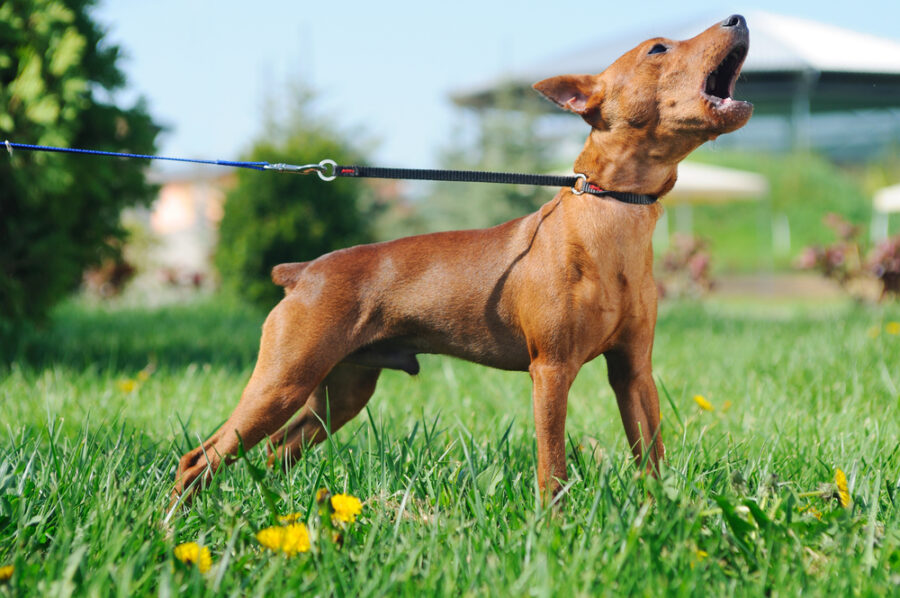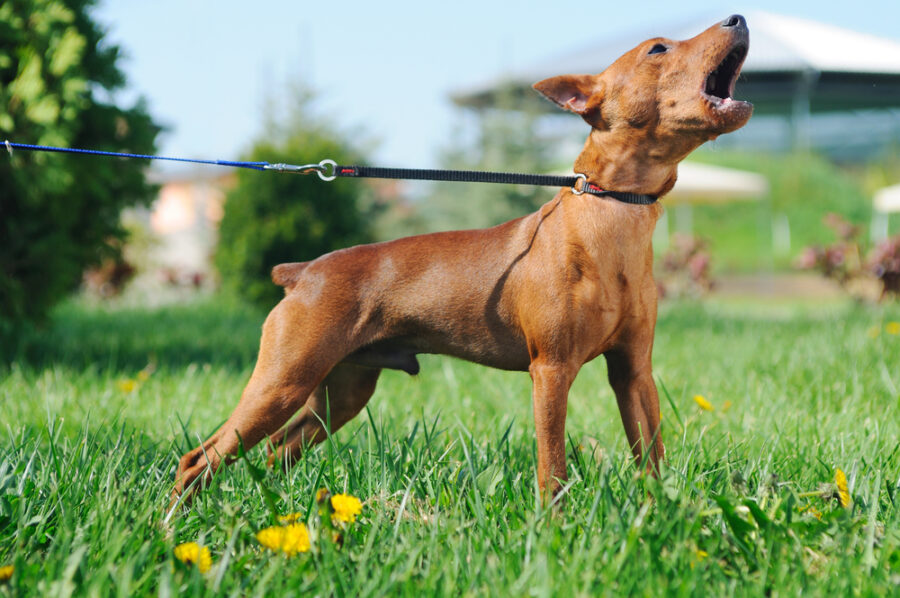
Canine behavioral problems can be quite challenging to deal with. There are various types of issues, multiple causes, and several strategies to manage them. However, it’s crucial to understand these behaviors and the approaches that can help address them, as behavioral problems are one of the leading reasons dogs end up in shelters. In this article, we will explore 11 common behavioral problems in dogs and how to handle them effectively.
1. Aggression
Aggression in dogs can manifest as growling, snapping, biting, or other threatening behaviors. Dogs may exhibit aggression towards people or animals. There are several reasons why a dog might display aggressive behavior, including trauma, fear, territorial instincts, pain, frustration, lack of training or socialization, and resource guarding.
2. Separation Anxiety
Dogs with separation anxiety experience anxiety and stress when left alone. This stress can lead to destructive behaviors, excessive barking or vocalization, eliminating in the house, and escape attempts. Although any dog can develop separation anxiety, experts believe it is often linked to a traumatic loss or change in the dog’s life.
3. Excessive Barking or Vocalization
Some dogs bark, whine, or vocalize excessively, making it challenging to get them to stop. They may whine when they’re alone, bark at people or animals, or howl at nothing. Excessive vocalization can be due to boredom, fear, territorial instincts, or attention-seeking behavior.
4. Destructive Chewing
Dogs may engage in destructive chewing, targeting furniture, shoes, or other items. This behavior is often a way for them to relieve anxiety, boredom, or teething discomfort.
5. Jumping Up
Many dogs have poor manners when it comes to greeting people, often resorting to jumping up to say hello. However, this behavior can be problematic, especially for larger or more energetic breeds.
6. Pulling on the Leash
Bad leash manners, including excessive pulling, can be problematic. Pulling can happen due to lack of training, excess energy, or other factors. Dogs that pull on the leash can be challenging to control and may pose a risk to themselves and their owners.
7. House Soiling
While it’s common for puppies to have accidents in the house, housetrained adult dogs should not urinate or defecate indoors. When this happens, it could be due to medical issues or separation anxiety.
8. Fear and Phobias
Dogs experience fear just like humans do and can develop phobias. Common dog phobias include thunderstorms, fireworks, vet visits, grooming, car rides, and strangers. Separation anxiety is also a type of phobia.
9. Canine Compulsive Disorder
Canine compulsive disorder is similar to obsessive-compulsive disorder in humans. In dogs, it presents as repetitive behaviors, such as excessive licking, tail chasing, or pacing.
10. Territorial Behavior
Dogs may become overly protective of their territory, exhibiting aggressive behavior towards people or animals entering their space.
11. Resource Guarding
Resource guarding is another behavioral problem in dogs that can have many causes. Regardless of the cause, a dog that is possessive of food, toys, or other items might lunge, growl, or bite someone if they perceive a threat.
Managing Behavioral Issues in Dogs
When it comes to addressing behavioral problems in dogs, it’s important to remember that each situation is unique and requires a personalized approach. However, there are some common strategies that can help in managing behavioral issues in general:
- Consult your veterinarian to rule out any potential health issues that could be causing the problems.
- Try to determine the underlying cause of the behavior.
- Use positive reinforcement to reward good behavior.
- Be patient and consistent in your commands and reactions.
- Enroll your dog in basic obedience training classes to teach them essential commands and improve their socialization skills.
- Ensure your dog gets enough physical and mental stimulation through walks, playtime, and interactive toys.
- Ignore unwanted behavior to avoid reinforcing it.
- Remove or avoid potential triggers that may lead to undesirable behavior.
- Gradually expose your dog to situations or stimuli that trigger undesirable behavior in a controlled and positive way.
- Consider seeking the help of a professional dog trainer or behaviorist if needed.
For more tips and advice on dog behavior and pet care, visit Pet Lovers Diary.
